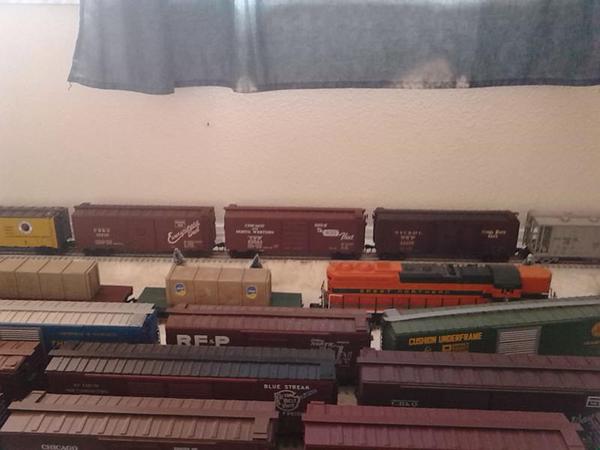I have a two rail layout and a three rail layout on the same tables. Each runs fine using its respective equipment...2R for the two rail layout and 3R for the three rail. I would like to improve the appearance of the 3R trains, which is the reason that I am looking for a compromise set of standards, if they can be developed, that would permit the use of 2R equipment on the 3R.
In my history with 2R, there have been a few different wheel tread and flange thicknesses that have been and are being used. While not publicized, if you look at 3R wheels and flanges from a variety of manufacturers, there is quite a variety also. I know in the history of 3R that the Lionel 700E, while a 3R engine, would also operate on 2R using outside pickup, so it appears that we all "lost something" here.
If a simple fix like slightly reducing the dimension of the guide rail on a turnout can make this work, I would like to determine what it will take.
Compared with HO, O gauge and O Scale make up perhaps 10-15% of scale modeling. I am pretty well convinced that once all of the 3R Lionel guys are gone, 3R will slowly disappear and "the norm" will be 2R. The sooner that 2R O Scale and 3R O gauge merge, the healthier our part of the hobby will be. I would like that to happen sooner rather than later...











